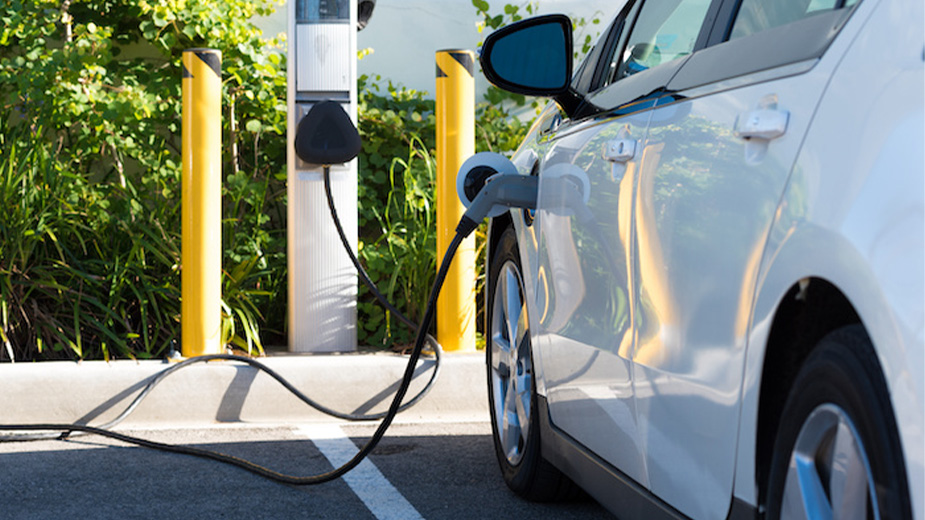Ohio Drivers’ Interest in Electric Vehicles Remains High
By Nadia Ramlagan
Ohio News Connection
Despite reports that electric vehicle sales are slowing down, experts say consumer interest in Ohio remains high.
Four in 10 Americans said they are “very” or “somewhat” likely to seriously consider an electric vehicle for their next purchase, according to a Pew Research Center survey, and EVs now make up more than 8% of the market, which is more than triple the level two years ago, according to Money Group.
Chris Harto, senior policy analyst for Consumer Reports, said an increasing number of drivers are considering electric vehicles.
“We’re really just not seeing this slowdown that everybody is talking about, when you actually look at vehicle purchase data,” Harto said.
Consumer Reports research in 2020 found EV drivers spend 60% less on gas annually compared with standard vehicle drivers.
This summer, Gov. Mike DeWine announced the state will install 27 new EV charging stations along interstates, making Ohio among the first in the nation to build charging stations as part of the National Electric Vehicle Infrastructure Program.
The Pew survey also found Democrats, younger adults and people living in urban areas among the most likely to say they would consider purchasing an EV, and nearly 70% of people who already own an EV say they are likely to seriously consider an EV for their next purchase.
Harto said owners of electric vehicles are among the most satisfied drivers.
“EV owners – once they make that jump to an electric vehicle – most of those customers are fairly satisfied with their choice and seem to be very happy with that choice,” Harto said.
But price is still an issue. According to research by GreenCars.com, while the prices for electric vehicles have dropped slightly, they remain expensive. The average EV sold for more than $61,000 in 2022, more than 25% higher than average vehicle sales in the U.S
Pictured at top: The share of electric vehicles in total sales has more than tripled in three years, from around 4% in 2020 to 14% in 2022, according to the International Energy Agency. (Adobe Stock)
Published by The Business Journal, Youngstown, Ohio.



